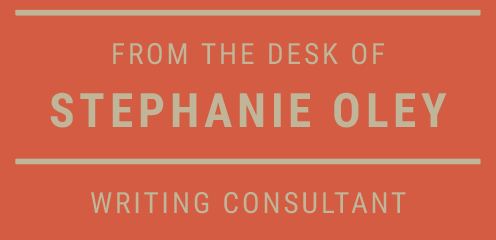Change the key elements of your corporate voice, and you’ll project an entirely different brand. Take, for example, the different ways that my clients like to deliver their written messages.
One is surprisingly fond of lengthy, mannerly phrasing – things like, ‘we are constantly striving to make a difference.’ Another prefers a touch of mischief in her materials. Think, ‘Yes, you do look the part. On paper, that is.’ A third client is happiest with a slick, aspirational tone: ‘Our brands are sexy in style and price tag.’
It’s almost impossible to imitate someone else’s voice. So when writing on their behalf, you must have a stringent set of guidelines on dealing with the crucial components of voice. Here are the main ones to consider.
1. Conversational elements
Using questions, humour and conversational elements makes your business sound friendly and informal. Conversational elements include contractions (such as ‘that’s’ instead of ‘that is’) and personal pronouns, like ‘you’ and ‘us’.
Informality is a good thing if you’re in a fast-moving consumer field such as fashion, hospitality or telecommunications. Cut these elements out, of course, and you’ll sound more formal – useful if you’re a firm of lawyers, civil engineers or policy developers.
2. Sentence and word length
Long sentences and words sound more formal – stuffy, even – while shorter ones convey a more approachable feel.
By ‘long sentences’ I mean more than 20 words, which is the average sentence length in English.By ‘long words’, I mean vocab you’d stumble over if reading them aloud. What’s more comfortable to read – ‘greater levels of transparency and accountability’, or ‘more open and accountable’? Clearly the latter.
3. Level of technicality
Let’s face it: all industries have their own set of technical words and jargon. When strung together, some of these terms can sound meaningless to all but an industry insider. (The poker-faced Turboencabulator spoof is a great laugh at the expense of wordy technocrats).
Meanwhile, when companies use their technical and jargon terms selectively and sparingly, they sound both competent and approachable. It’s like writing ‘we can sort out your email and network problems’, instead of ‘we provide a complete IT solution.’
4. Active voice
Write in the active voice and you’ll sound like a human being. Write in the passive, and you’ll risk sounding like a machine. (There are valid exceptions for using the passive voice, which is a topic for another day).
The simplest way of making your sentences active is to flip the words around a little so there is a clear ‘doer’ of any action. Like this:
Instead of this: ‘Consultation with stakeholders has informed the review recommendations contained in this report.’
Try this: ‘The recommendations made in this report draw on our consultations with stakeholders.’
5. Descriptive words
Be aware of the vocabulary your business uses. When there is just one principal at a company, this is easy – staff end up writing the way the principal speaks. But when the company grows to take on several executives, they must take care to convey the same brand personality in their materials. Think carefully about that personality and how you might express it.
Zany: ‘A tastebud-boggling odyssey of flavours’ (Ben and Jerry’s Ice Cream)
Gen Y: ‘We’re pumped you’ve joined our crew’ (Living Social)
Approachable: ‘You can, with CommBank Kaching’ (Commonwealth Bank)
For more thoughts on brand voice, see my related post on authenticity.






